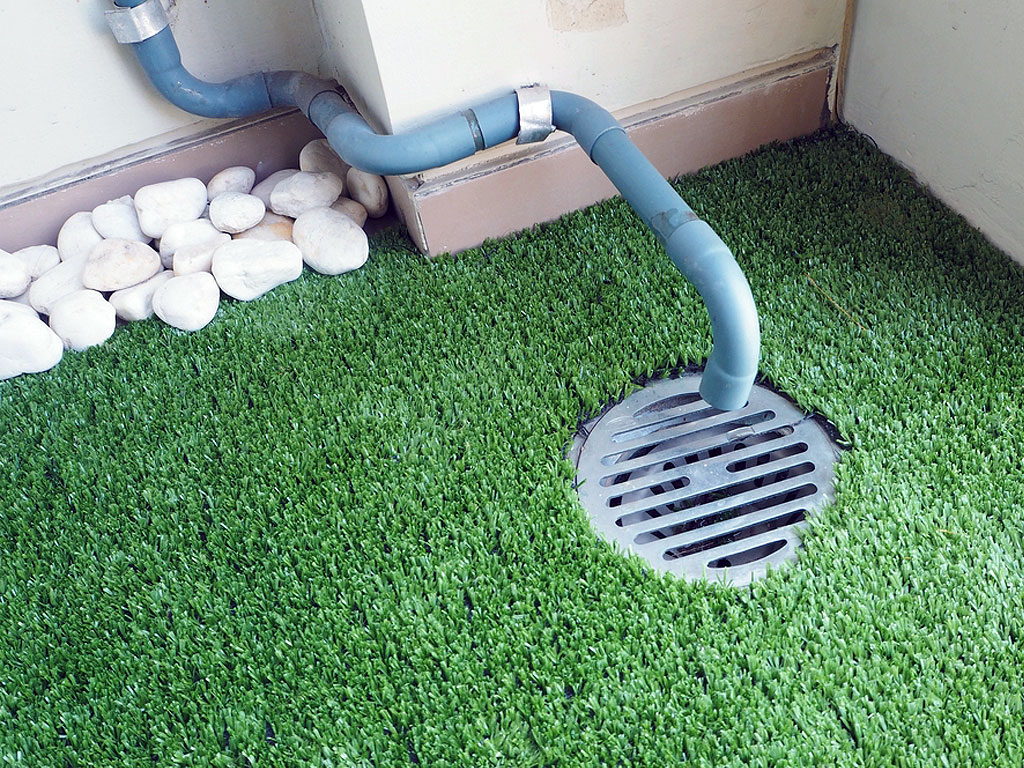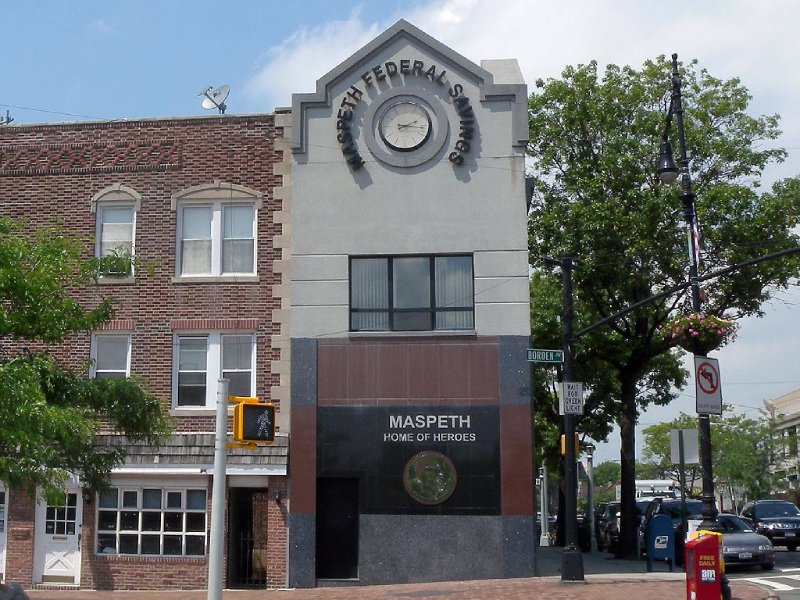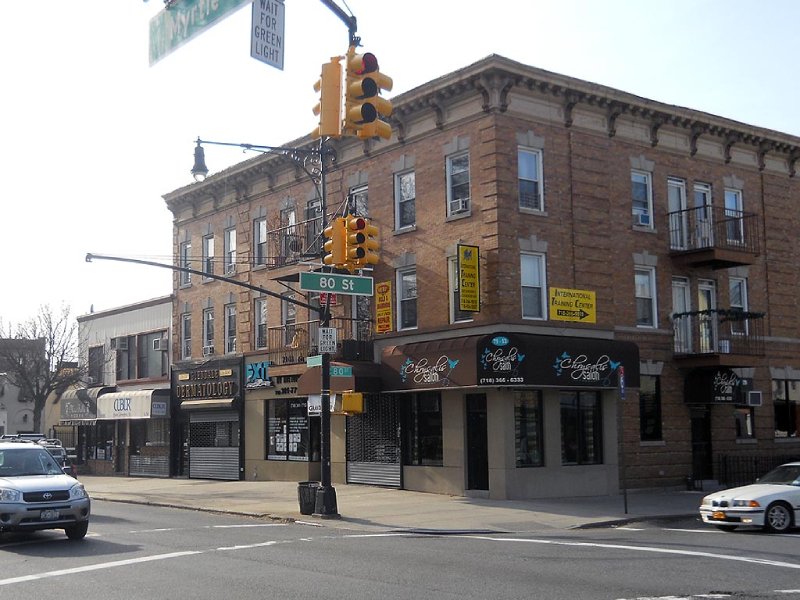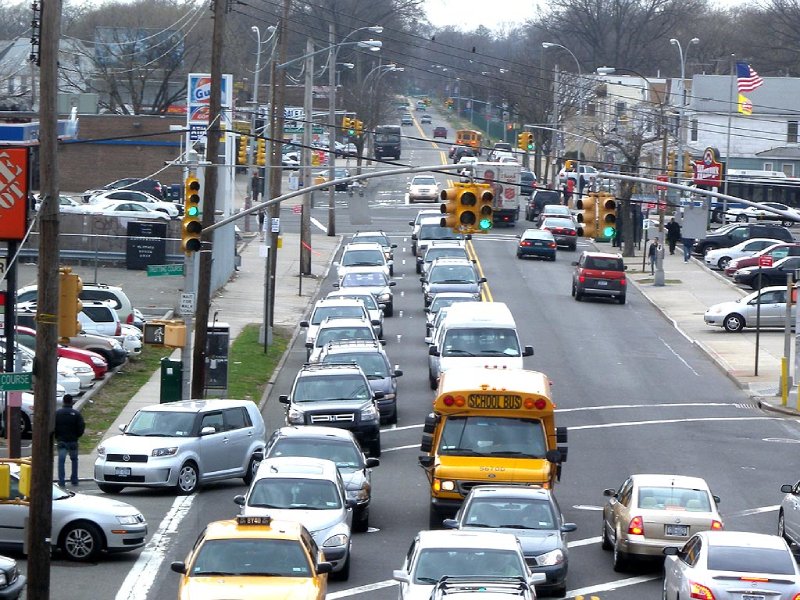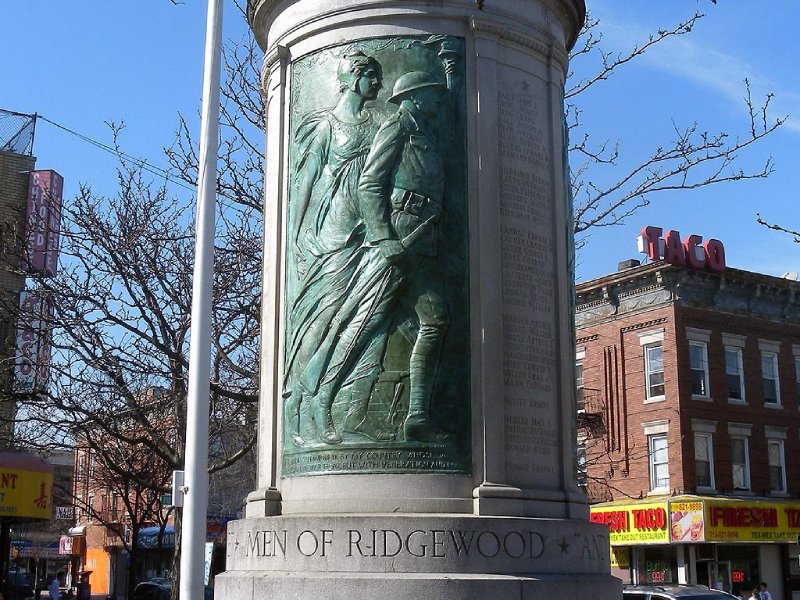While it is best to leave serious plumbing work to the professionals, it is nonetheless wise to educate yourself about certain aspects of your home plumbing system. This knowledge will help ensure that you know the best way to control any plumbing issues that do arise. This article will discuss two key aspects of your plumbing system that every homeowner should be familiar with.

Main Water Shut-off Valve Location
During a serious plumbing crisis such as a burst pipe, one of the most important things you can do is stop the flow of water coming into your home. This is accomplished using the main water shut-off valve. Closing off this valve will prevent you against the threat of flooding.
In most homes, the main shut-off valve will be down in the basement, located along the foundation wall that faces the street. Just look for the main supply line entering your home; you should see a large twist valve on this section of pipe. Twisting this valve this clockwise as far as you can, will close off the flow of water into the entire structure. Be sure not to overtighten and to test the shutoff by running a faucet.
Condensate Drain Line Location
As you likely know, leaks are one of the most common plumbing issues. Moreover, the worst leaks are those that occur somewhere that you cannot see them. One common cause of hidden leaks are the drain lines that channel condensate from your air conditioner’s condenser unit. Knowing where these lines are located, and where they feed into your wastewater system is very important. You can prevent water damage as the result of leaking or clogged up drain lines by checking them during every summer season.
For more information about how your home plumbing system and how to best protect against common plumbing issues, please contact the Ridgewood plumbing experts at Kew Forest Plumbing & Heating.
